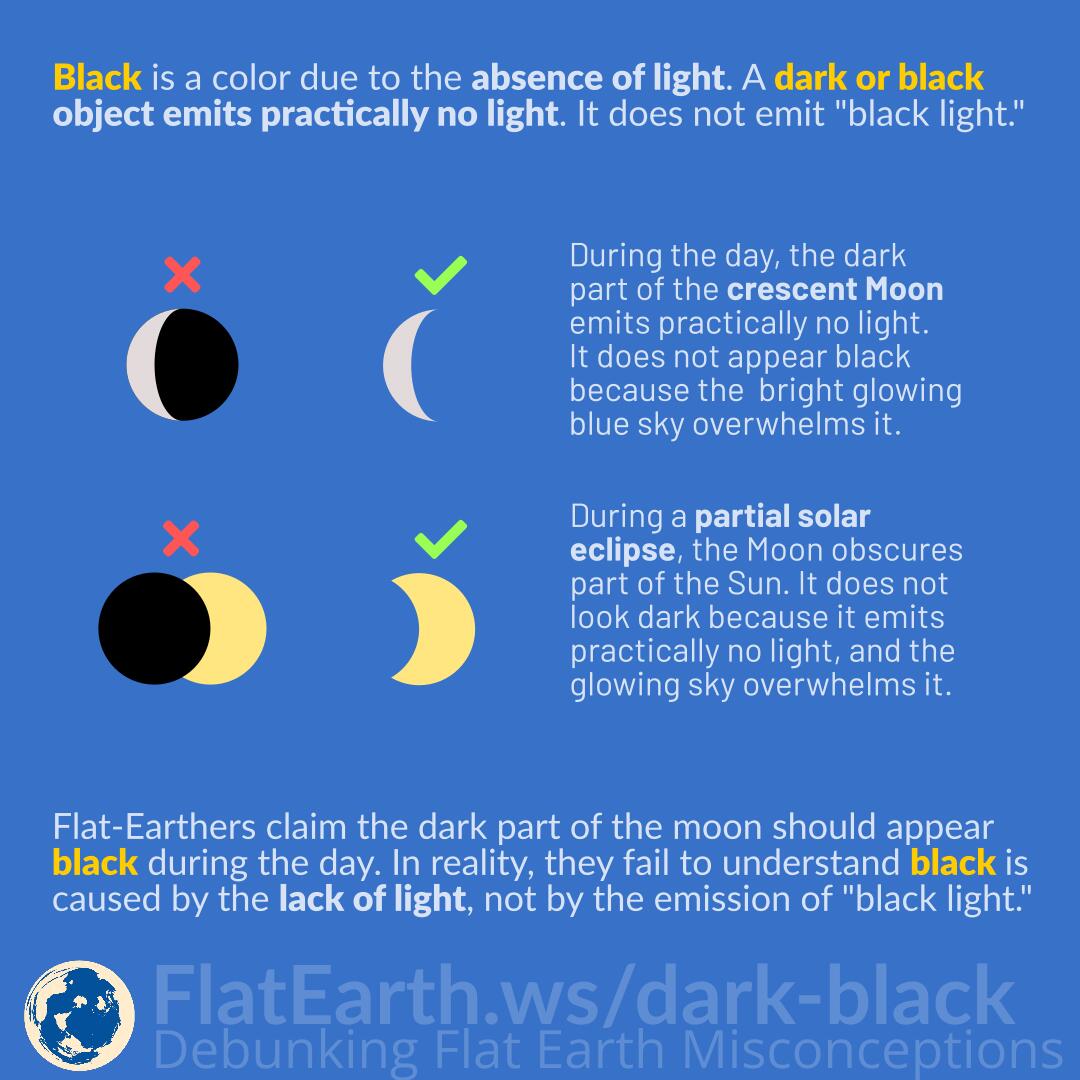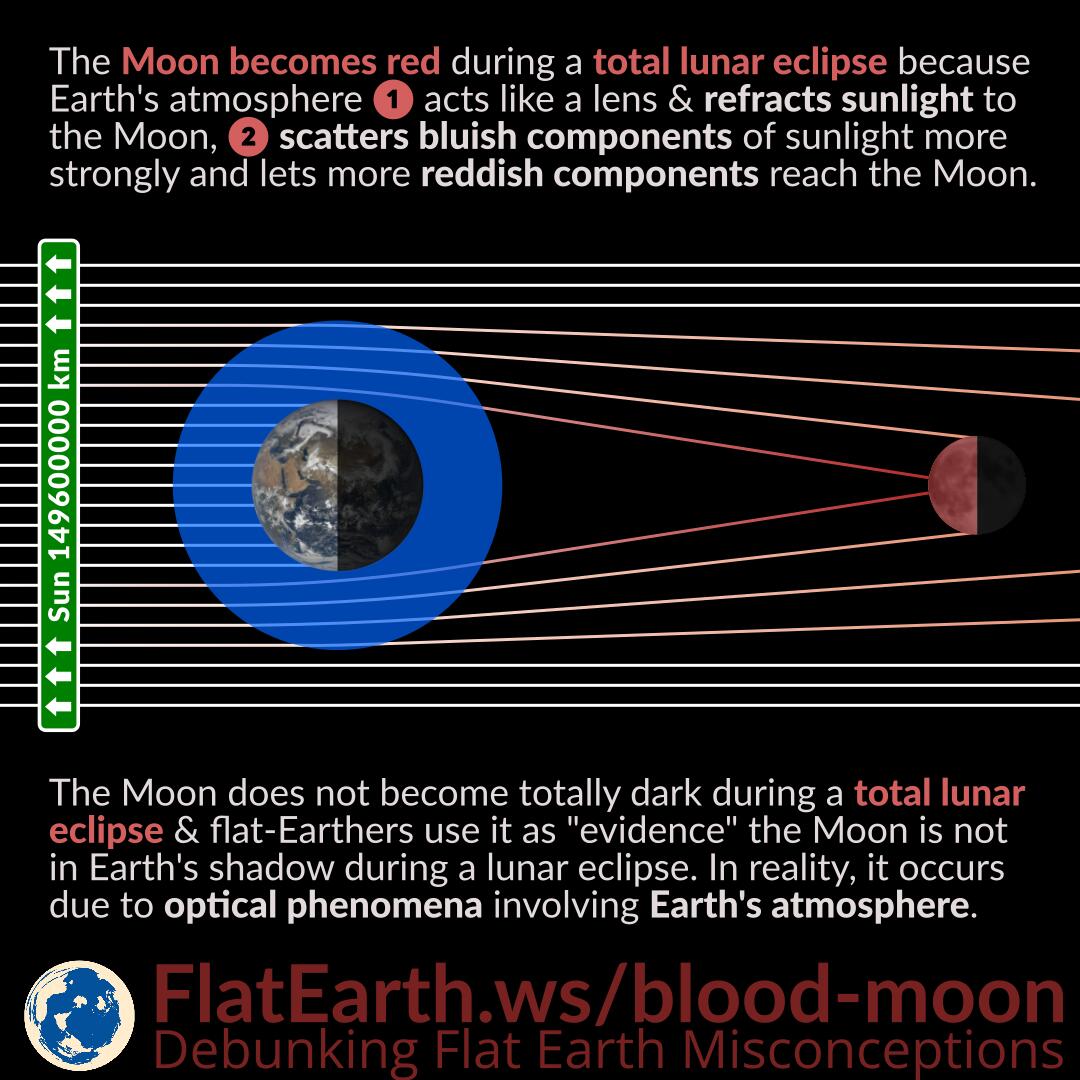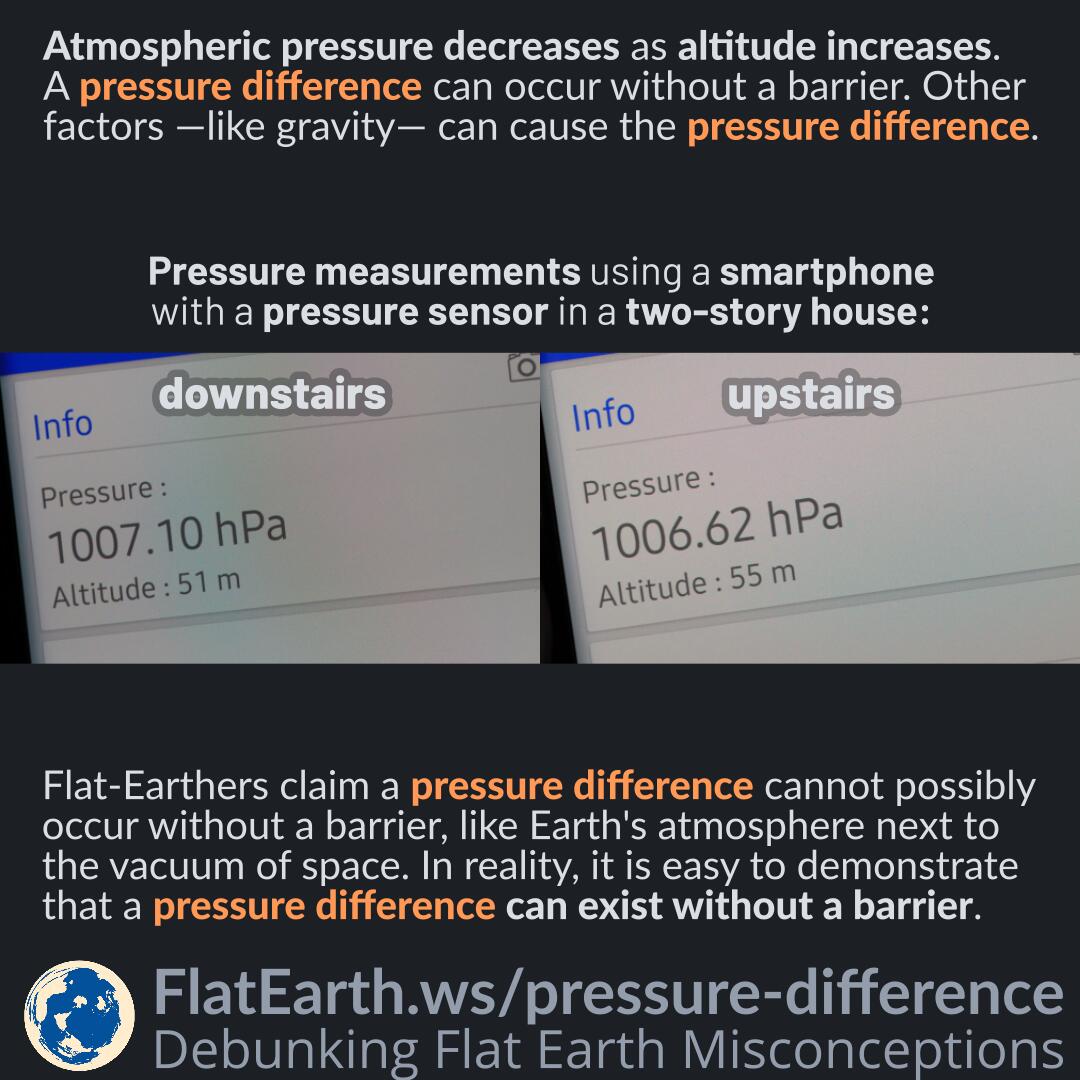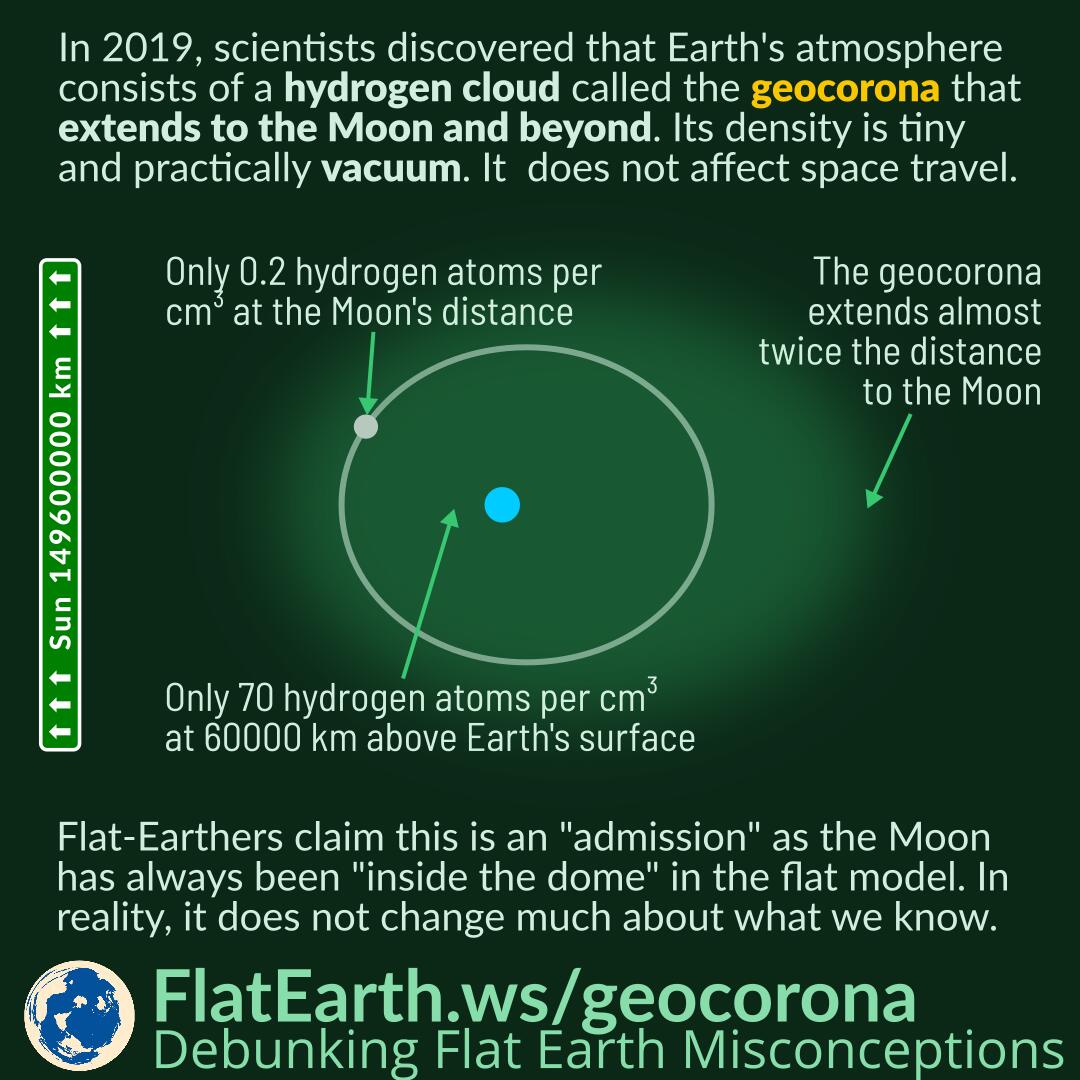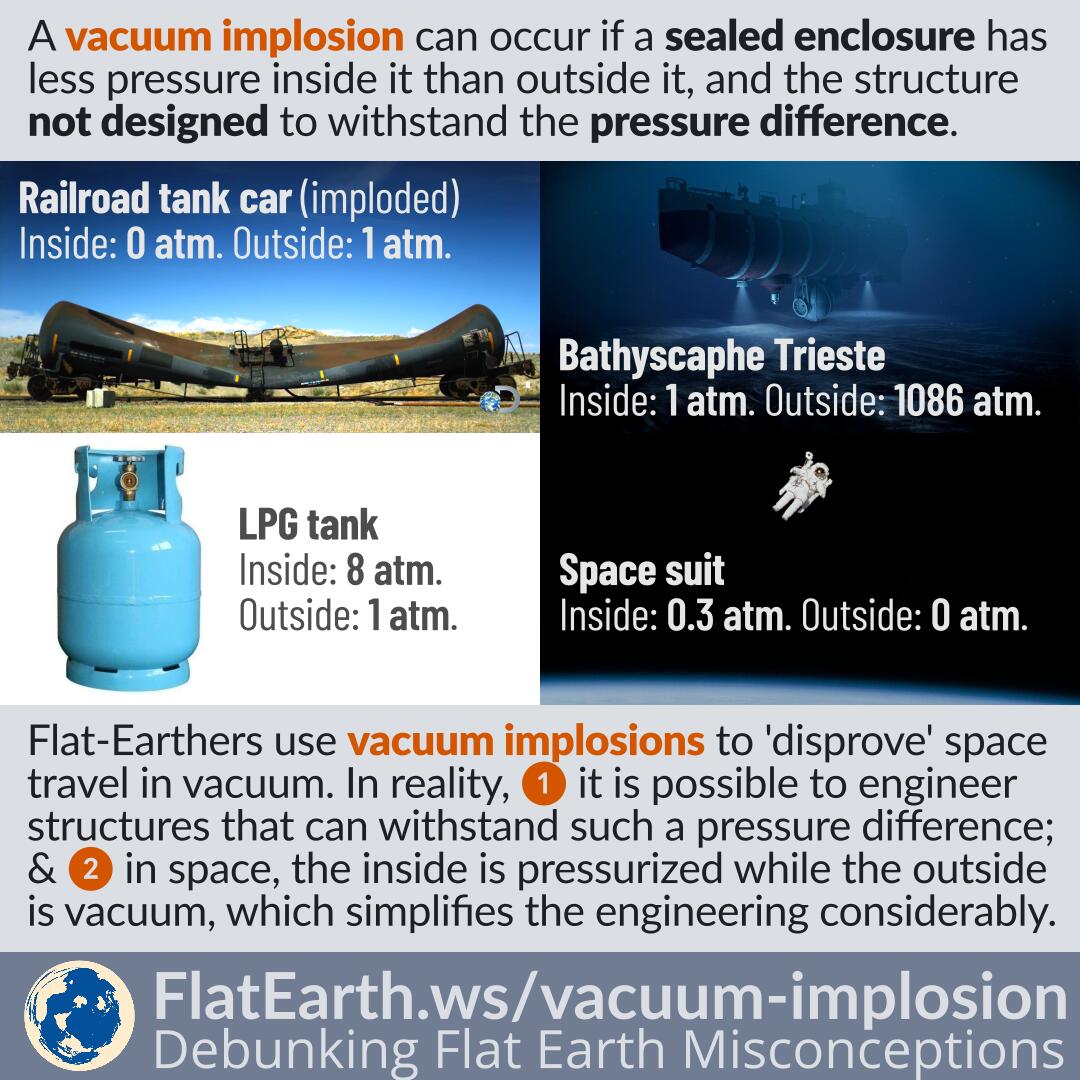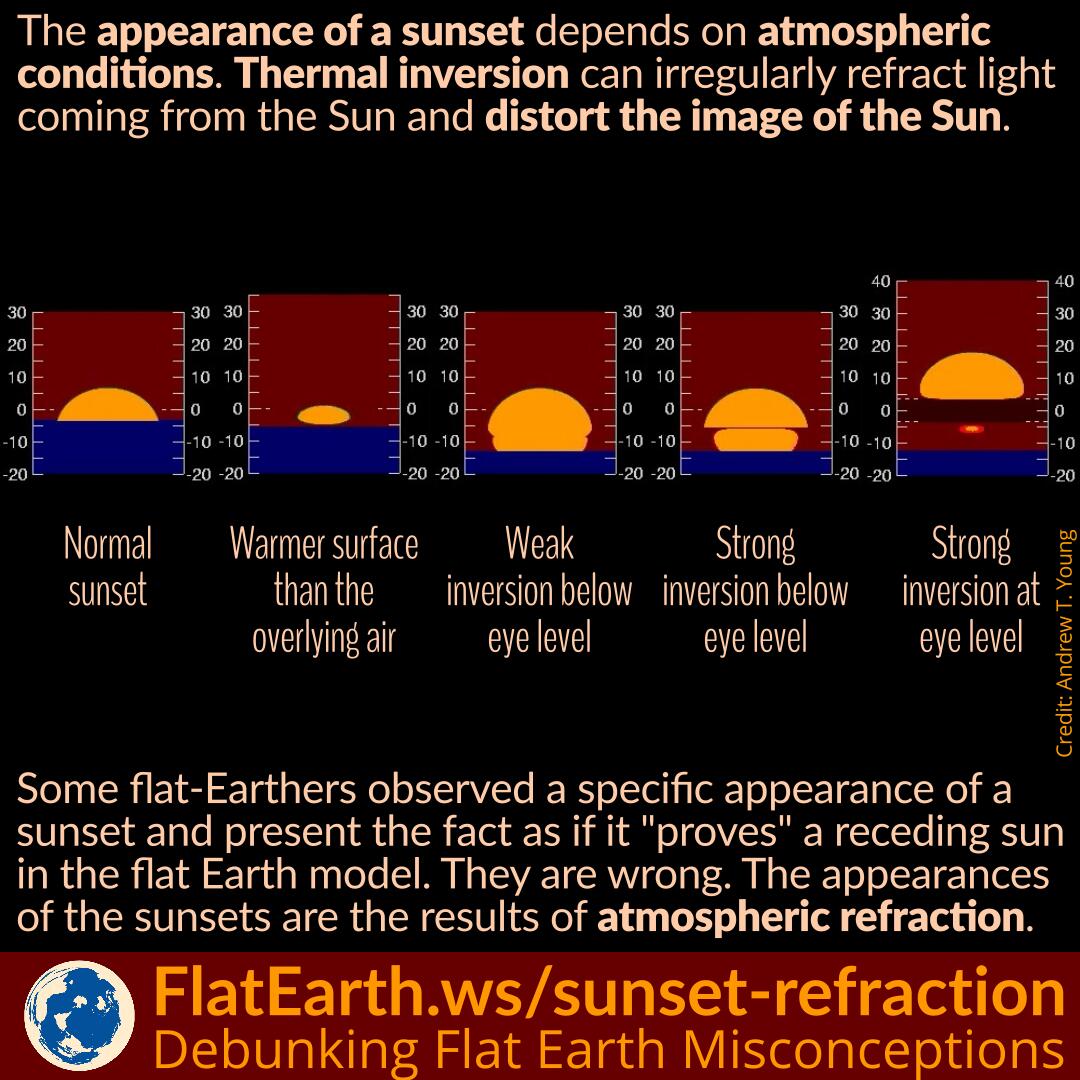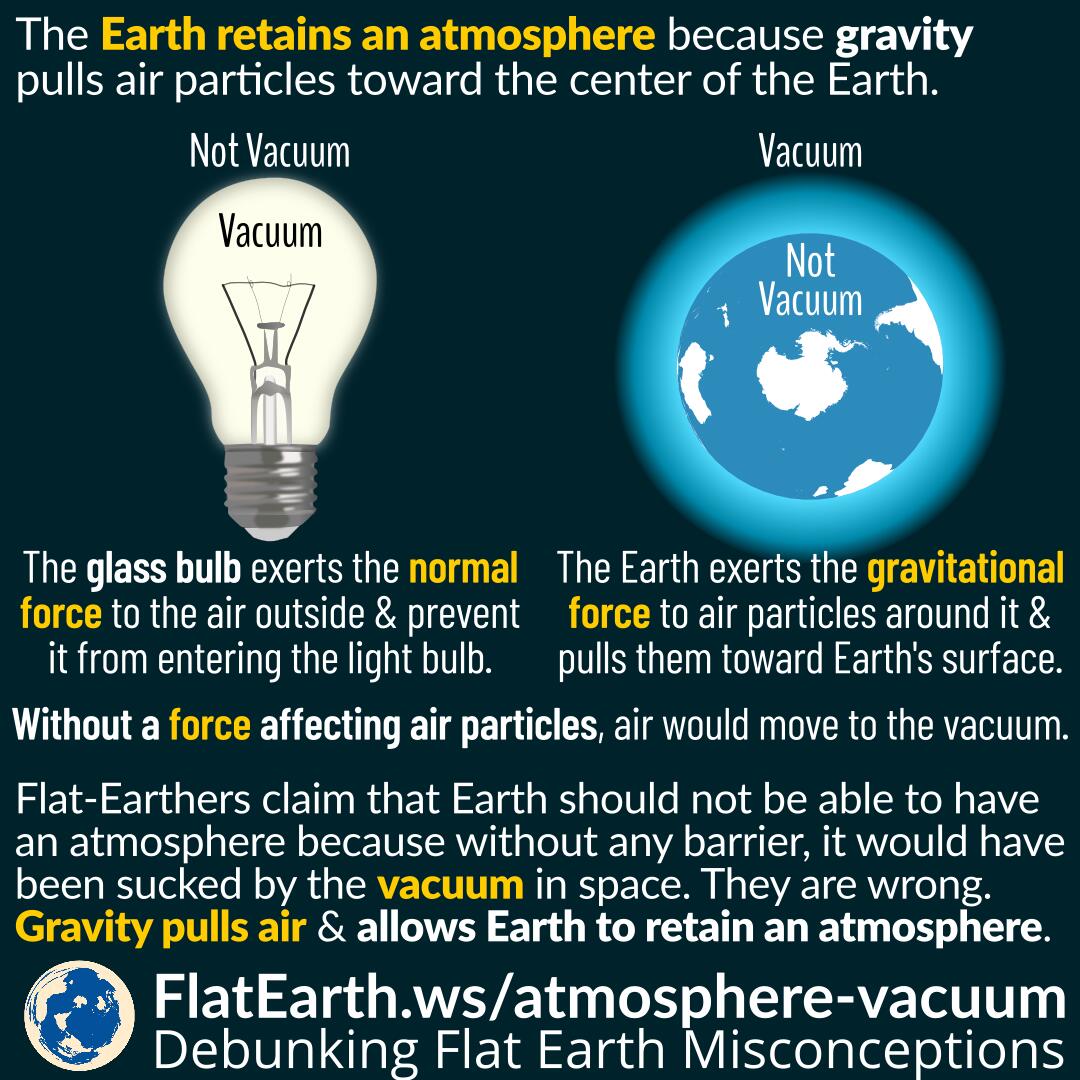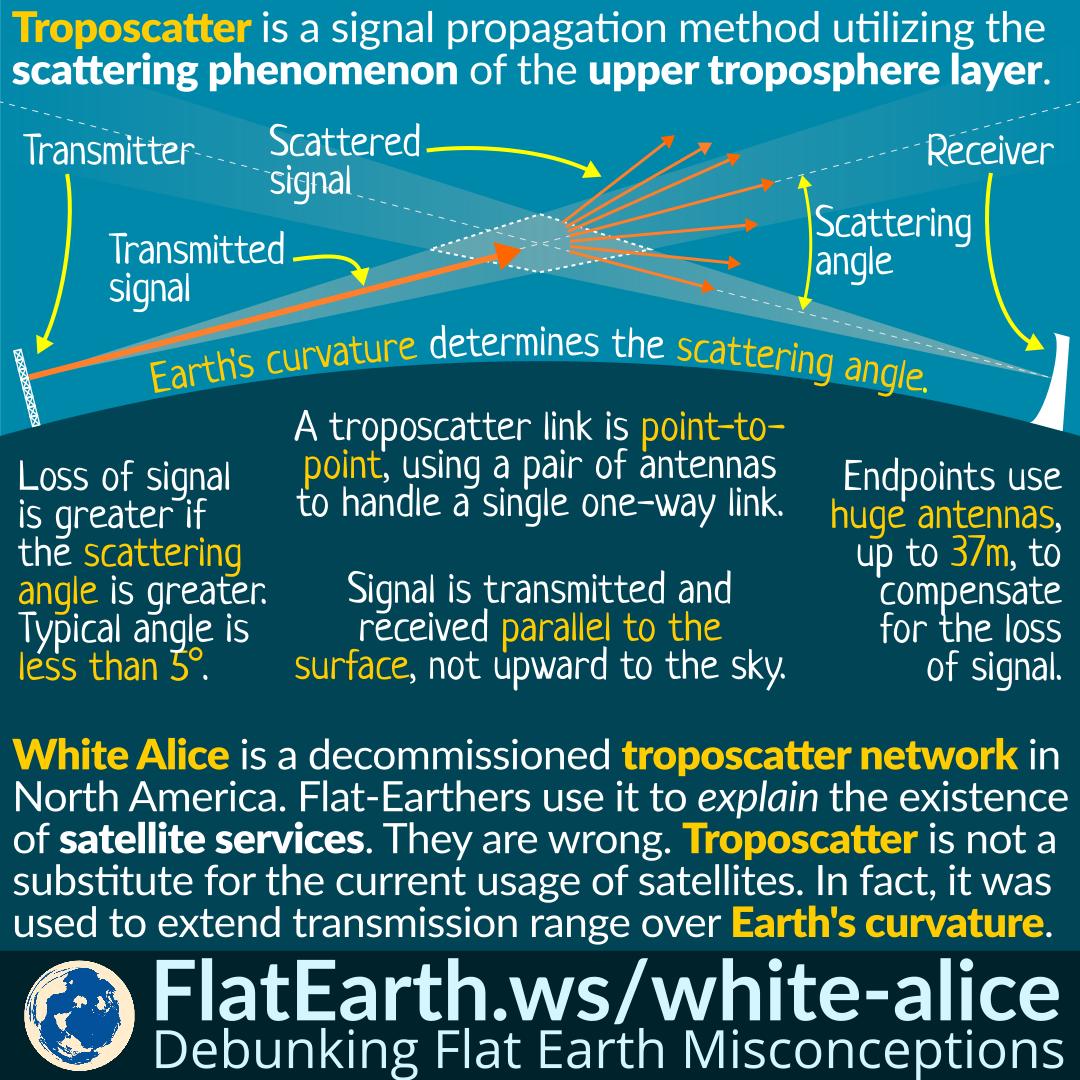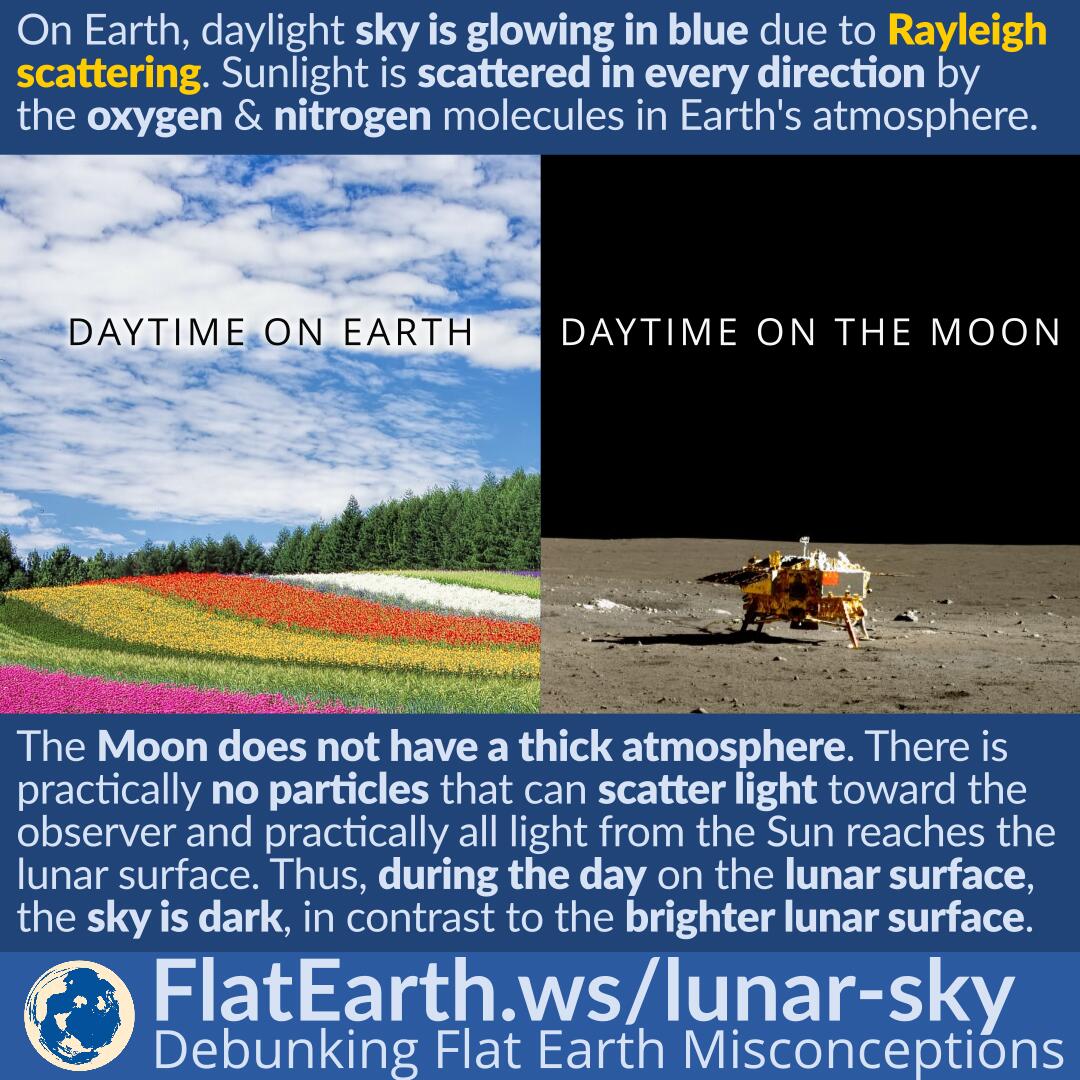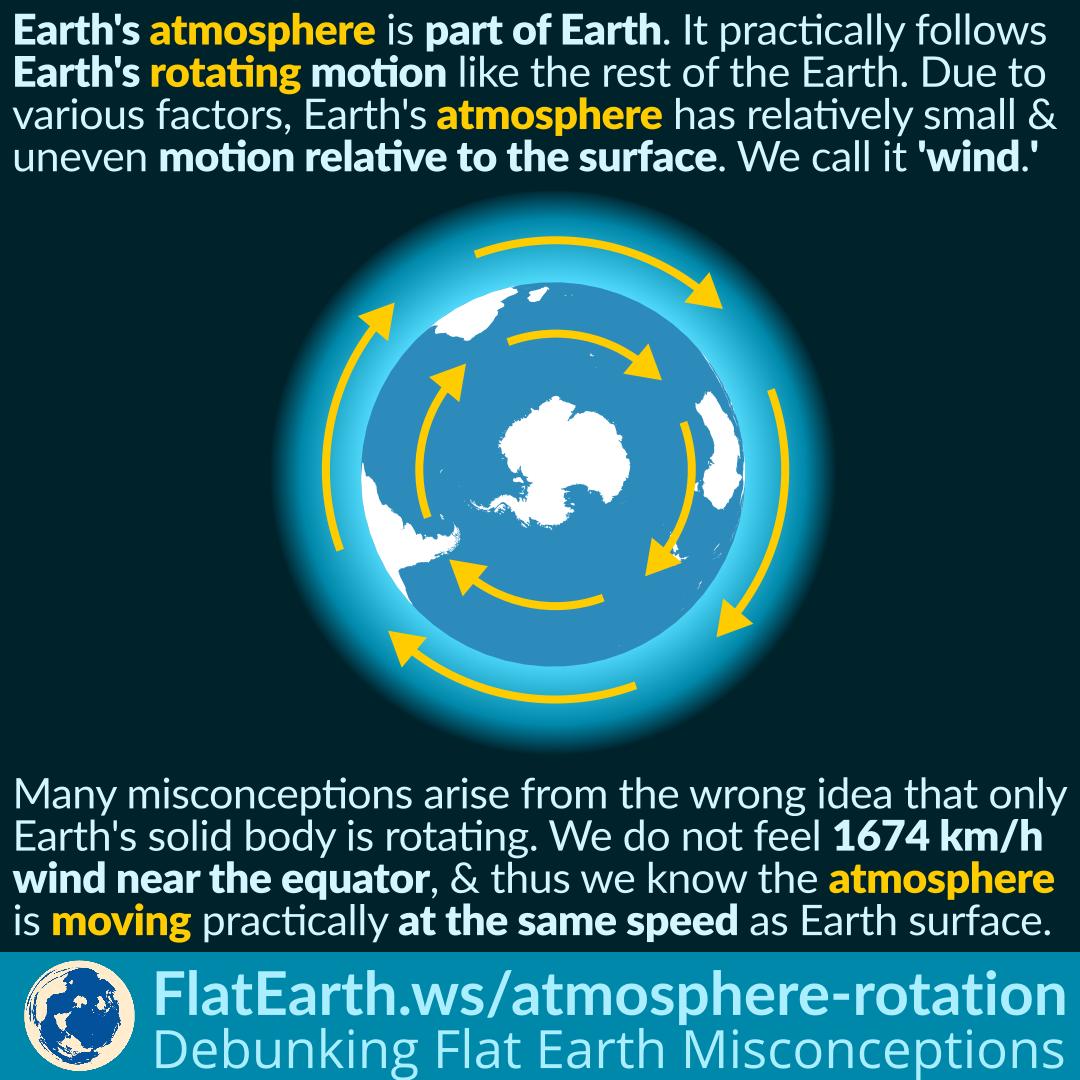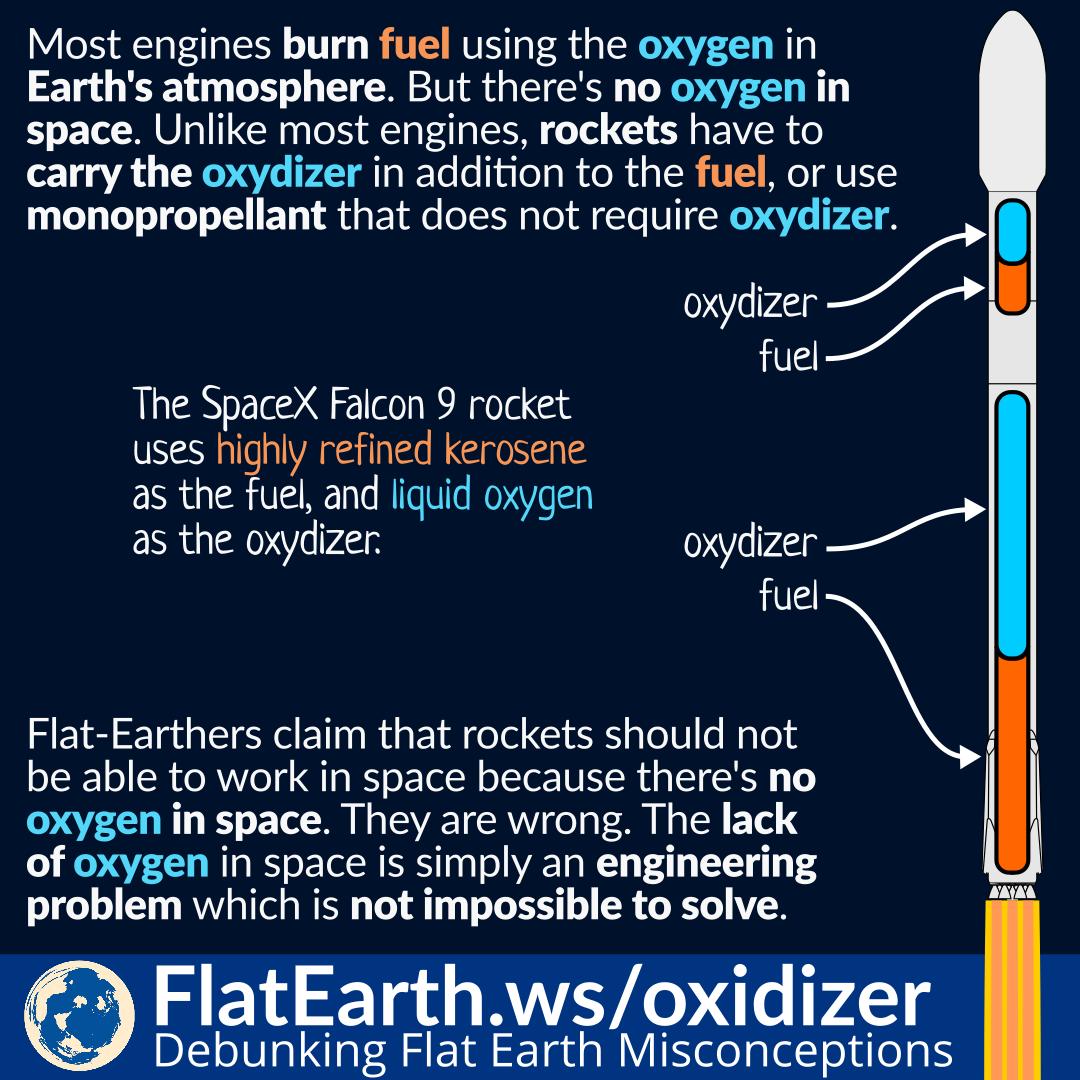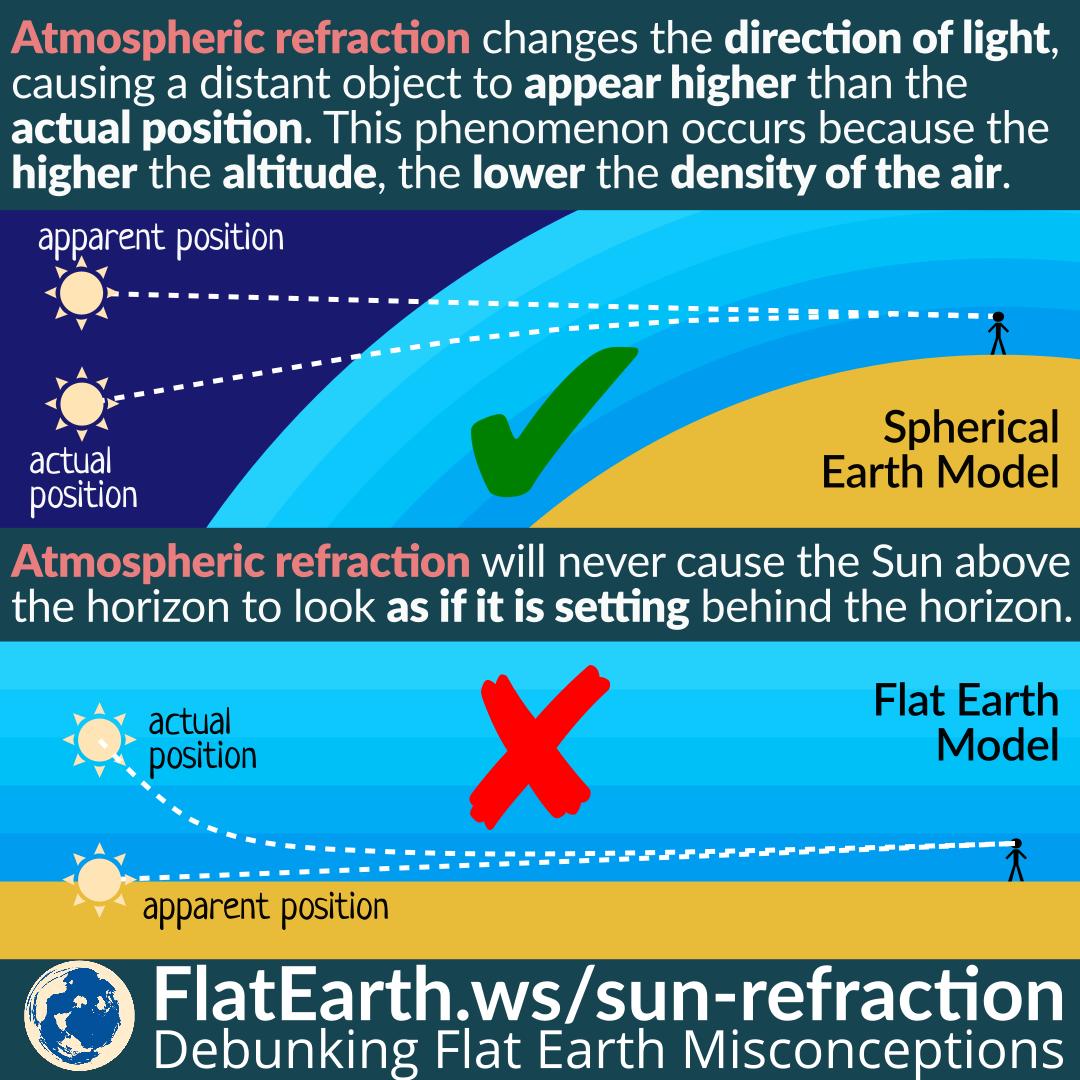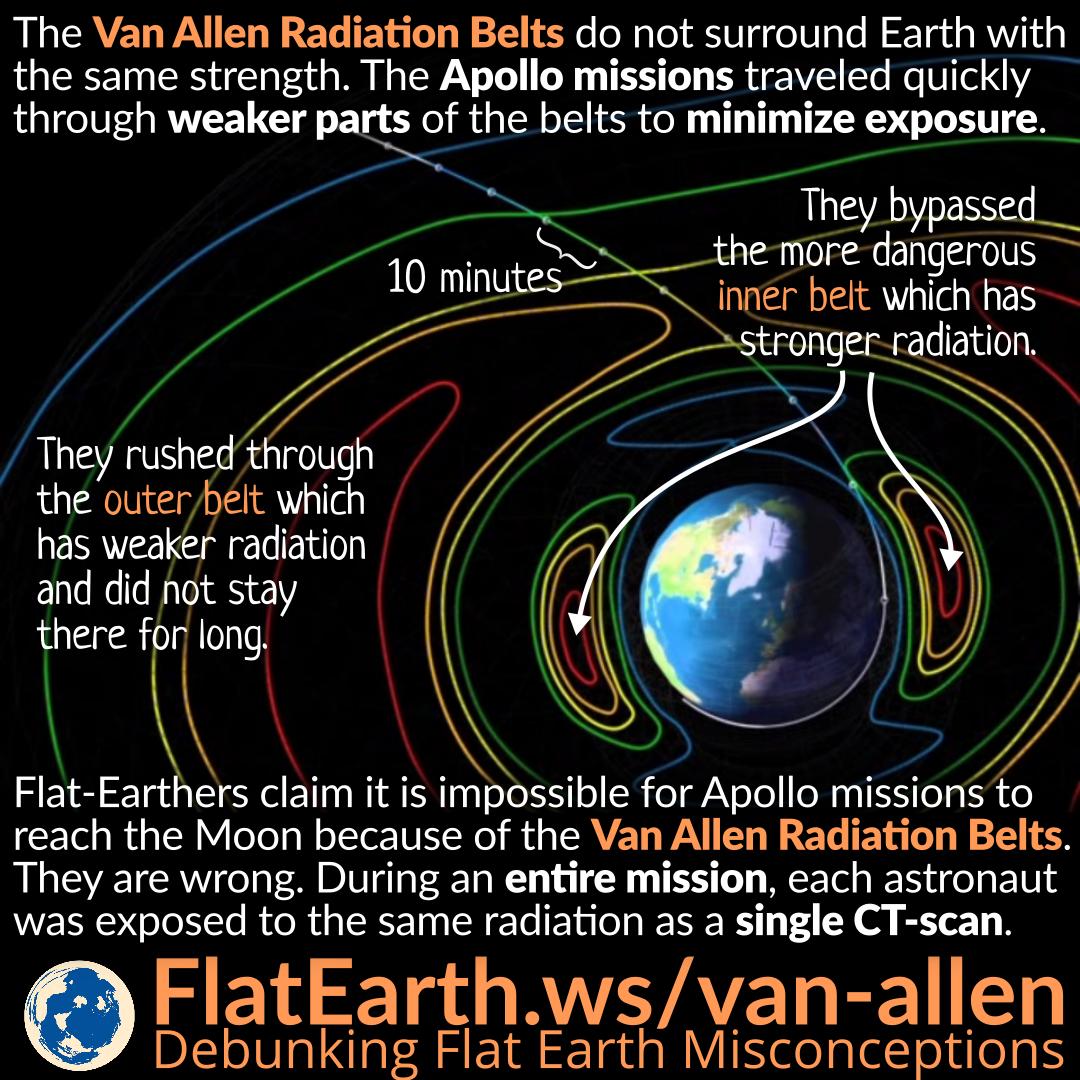Black is a color that results from the absence of light. A dark or black object emits practically no light. It does not emit “black light.”
Flat-Earthers claim the dark part of the moon should appear black during the day. In reality, they fail to understand that black is caused by the lack of light, not by the emission of “black light.”
Continue reading “Dark Part of the Moon & Its Visibility During the Day”


